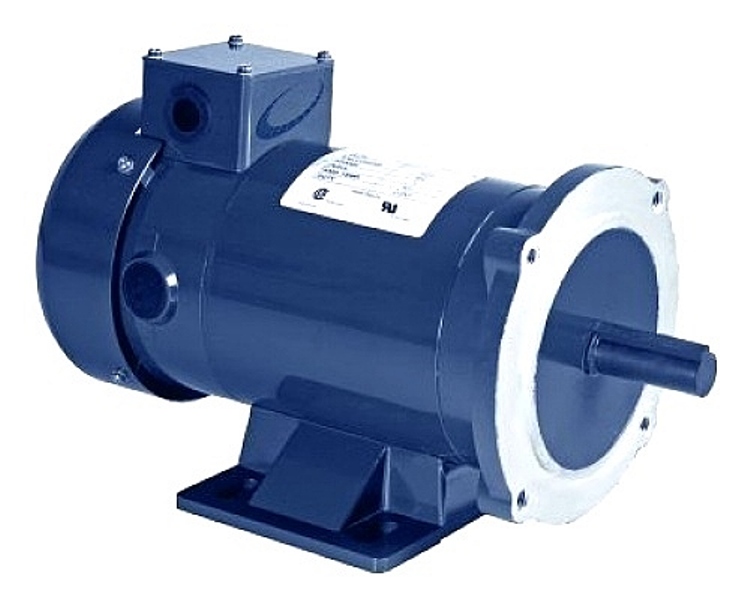The Black Ink Team's Guide To Anti-Cogging Technology
by Black Ink Team
Electric motors work by having a ring of electromagnets (stator) with alternating current running through them surround a spindle (rotor) consisting of permanent magnets. Since electromagnets shift their polarity when the current powering them is reversed, the permanent magnets in the rotor get drawn to them in succession. The more powerful the magnets, the more RPMs or torque you can get out of the motor.

One issue electric motors have is cogging. When a rotor ‘sticks’ in certain positions while rotating, this is called cogging, because rather than turning fluidly the motor has ‘teeth’ or ‘cogs’ similar to a gear. Stepper motors have this intentionally. Cogging is caused by inconsistencies in the motor’s construction, or by different parts in the motor degrading at varying rates. When this happens, it may be necessary to rebuild the motor. Or, you can deploy anti-cogging technology.

Cogging makes motors act unpredictably, which is detrimental when you want to control their position accurately. Anti-cogging software works by measuring the cogging effects or ‘torque ripple’ the motor demonstrates at many different positions, and then modulating the current applied to the stator while it is at those positions. In other words, it controls the power going to the motor and increases/decreases it in order to make the rotor turn smoothly.

Hallmark Industries’ DC Motor
The effects of cogging on electric motors are worse at low speeds. This means you can counteract them by increasing the speed, however most motors that are used precisely are operated at low speeds. Skewing stator and rotor magnets helps reduce cogging – placing them at offset positions so that they slightly overlap. Anti-cogging technology, in general, reduces the overall torque and highest possible speed of electric motors.
